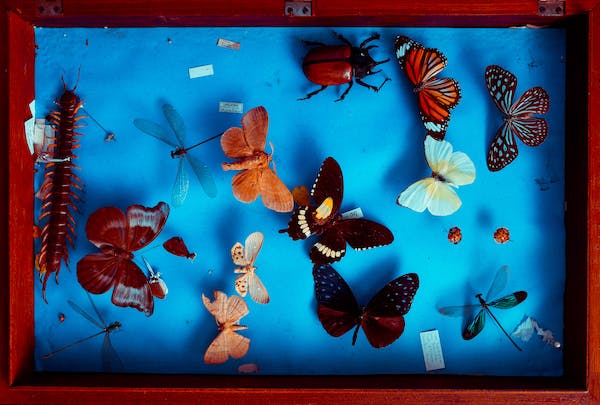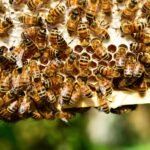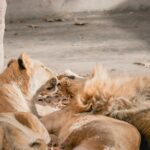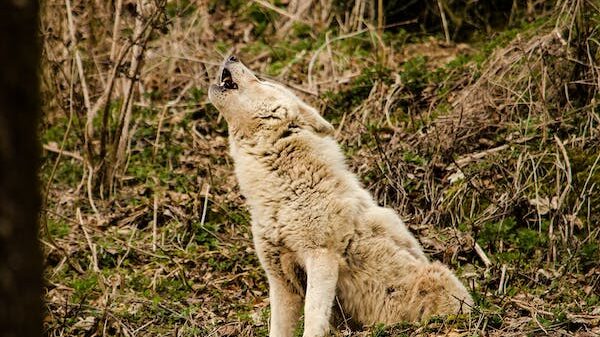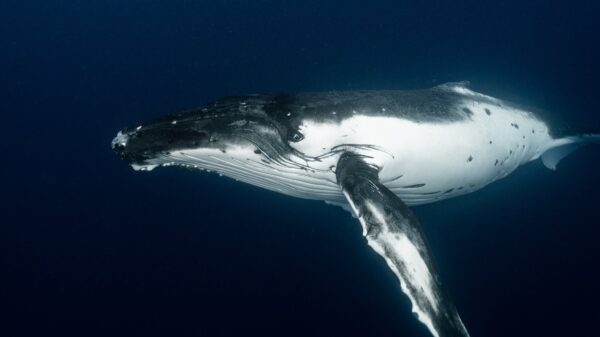Welcome to the world of wildlife conservation, where every little effort counts in preserving our planet’s biodiversity. As we continue to strive towards modernization and development, it is essential that we do not forget about the crucial role that wildlife plays in maintaining a balance within our ecosystem. In this blog post, we will explore why conserving biodiversity is important and how it affects us all – from individuals to entire communities. So sit back, take a deep breath of fresh air, and let’s dive into the world of wildlife conservation together! The Importance of Preserving Biodiversity”
Introduction: What is Biodiversity?
Biodiversity, or biological diversity, is the variety of life on Earth. This can refer to the different species of plants and animals, but also the different genes within a species. Biodiversity is important for the survival of humans and all other species because it provides us with food, clean air and water, medicine, and other resources. It also helps to maintain healthy ecosystems that provide these services.
The loss of biodiversity is a major environmental problem. It reduces the ability of ecosystems to provide these services, and it makes it more difficult for species to adapt to changing conditions. The main cause of biodiversity loss is human activity, such as habitat destruction, over-exploitation of resources, pollution, and climate change.
Why is Biodiversity Important?
Biodiversity is important for many reasons. It helps to maintain the health of ecosystems, provides food and resources for humans and other animals, helps to regulate the climate, and can provide aesthetic value.
Biodiversity is important for the health of ecosystems. Ecosystems are composed of a variety of different species, and when one species disappears, it can have a ripple effect on the entire ecosystem. For example, if there are no longer any trees in an area, the animals that rely on them for food and shelter will disappear. This can eventually lead to the disappearance of other animals that prey on those animals, and so on. A healthy ecosystem is one that has a diversity of species.
Biodiversity also provides food and resources for humans and other animals. Many plants and animals are used for food, medication, building materials, and more. If we lose a species, we may lose the benefits it provides. For example, bees play a vital role in pollinating many crops. If bees become extinct, it could have devastating consequences for our food supply.
Biodiversity also helps to regulate the climate. Plants absorb carbon dioxide from the atmosphere and release oxygen back into it. This helps to keep our planet’s climate stable. If we lose too many plants, it could lead to an increase in atmospheric carbon dioxide levels and potentially contribute to climate change.
Biodiversity can provide aesthetic value. Many people take pleasure in seeing a variety of
The Importance of Preserving Biodiversity:How Can We Protect Biodiversity?
Biodiversity, or the variety of life on Earth, is essential to the health of our planet and all its inhabitants. Unfortunately, human activity is causing an unprecedented loss of biodiversity, putting the future of our planet at risk.
There are many ways we can protect biodiversity, including:
– Reducing our impact on the environment: We can reduce our impact on the environment by doing things like reducing our consumption of natural resources, recycling and composting, and using less energy.
– Supporting conservation efforts: We can support conservation efforts by donating to organizations that work to protect wildlife and their habitats, volunteering our time to help with these efforts, and spreading awareness about the importance of biodiversity.
– Educating ourselves and others about biodiversity: By educating ourselves and others about the importance of biodiversity and what we can do to protect it, we can make a difference in the fight to save our planet.
Challenges of Wildlife Conservation
The challenges of wildlife conservation are many and varied. They include habitat loss and fragmentation, climate change, invasive species, over-exploitation, and pollution. Conserving wildlife requires a comprehensive approach that considers all of these threats and works to mitigate them.
Habitat loss is perhaps the most pressing challenge facing wildlife today. As human populations grow and development encroaches on natural areas, wildlife are left with fewer places to live and breed. This not only puts individual animals at risk, but can also lead to population decline and even extinction.
Climate change is another major threat to wildlife. As the Earth’s climate changes, many animals are struggling to adapt. Some are losing the habitats they need to survive, while others are seeing their food sources dwindle or disappear altogether.
Invasive species are also a problem for native wildlife. When non-native plants or animals are introduced into an ecosystem, they can out compete indigenous species for resources like food and shelter. This can lead to the decline or even extinction of native species.
Over-exploitation is another serious threat to wildlife populations. When humans hunt or harvest animals more quickly than they can reproduce, it can lead to population decline and even extinction. This is especially a problem for animals that are popular in the pet trade or used for their body parts (such as ivory).
Pollution from human activity is also a major threat to wildlife populations around the world. Chemicals released into
Solutions to Wildlife Conservation
There are many different ways that we can help to conserve wildlife and their habitats. Some of the key solutions to wildlife conservation include:
1. Protecting and restoring natural habitats: One of the most important things we can do for wildlife is to protect and restore their natural habitats. This helps to ensure that animals have a safe place to live and that they can access the resources they need to survive.
2. Reducing human-caused pollution and other environmental impacts: Another way we can help conserve wildlife is by reducing our own impact on the environment. This includes things like reducing pollution, minimizing our use of pesticides and herbicides, and properly disposing of waste.
3. Educating others about the importance of preserving biodiversity: One of the best ways to promote wildlife conservation is by educating others about why it’s so important. When people understand the value of biodiversity and the threats it faces, they are more likely to support conservation efforts.
4. Supporting organizations that are working to conserve wildlife: There are many great organizations out there working hard to conserve wildlife and their habitats. By supporting these organizations financially or through volunteering, we can help them achieve their goals.
The Importance of Preserving Biodiversity”:Examples of Successful Wildlife Conservation Efforts
There are many examples of successful wildlife conservation efforts. One example is the reintroduction of the bald eagle in the United States. The bald eagle was on the brink of extinction in the 1960s, but thanks to conservation efforts, it has made a comeback and is now a common sight in many parts of the country.
Another example is the recovery of the American peregrine falcon. This once-endangered bird of prey was brought back from the brink of extinction through captive breeding and release programs. Today, there are over 1,000 pairs of peregrine falcons in North America.
The American alligator is another success story. This reptile was once hunted to near extinction for its skin, but thanks to conservation efforts, it has made a comeback and is now found in many parts of the southeastern United States.
These are just a few examples of successful wildlife conservation efforts. There are many more out there, and each one represents a victory for biodiversity.
Conclusion
Preserving biodiversity is essential for the health of our planet. Wildlife conservation efforts provide a way to keep species alive, protect habitats from destruction, and maintain ecological balance. Ultimately, this will ensure that future generations can enjoy all the wonders that wildlife brings to us today. By contributing to conservation efforts in any small way we can – whether through donations or volunteering with local organizations – we are helping to secure a better future for both humans and animals alike.
